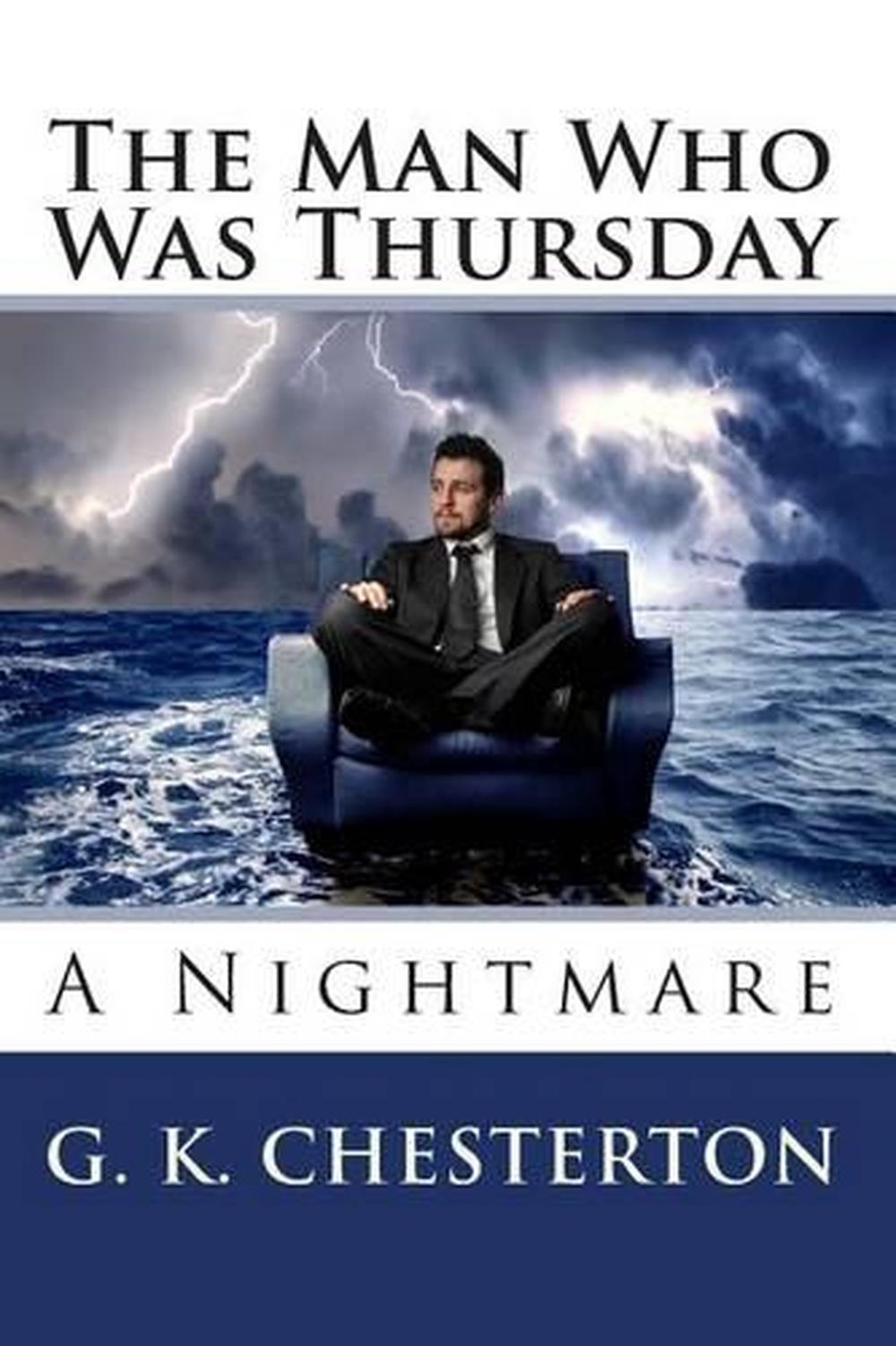

Yet what seemed to terrify him most was moral anarchism. It shall go where your empire of apes will never have the wit to find it.’Ĭhesterton completed Thursday in 1908, when anarchism in Europe was a very real and presumably very frightening phenomena. Yet this one old Christian lantern you shall not destroy. You will destroy mankind, you will destroy the world. There is not a street you walk on, there is not a thread you wear, that was not made as this lantern was, by denying your philosophy of dirt and rats. Better men than you, men who could believe and obey, twisted the entrails of iron and preserved the legend of fire. ‘Do you see the cross carved on it, and the flame inside? You did not make it. ‘Do you see this lantern?’ cried Syme in a terrible voice. The second passage comes near the end of the book, when Syme, who has been revealed to be a police detective posing as a poet, confronts the man he believes is the head of an anarchist mob besetting him: We have abolished Right and Wrong.’ (italics mine) The silly sentimentalists of the French Revolution talked of the Rights of Man! We hate Rights as we hate Wrongs. We wish to deny all those arbitrary distinctions of vice and virtue, honour and treachery, upon which mere rebels base themselves. ‘We do not only want to upset a few despotisms and police regulations that sort of anarchism does exist, but it is a mere branch of the Nonconformists. ‘ To abolish God!’ said Gregory, opening the eyes of a fanatic. Here is the response we get from the anarchist, Gregory: “What is it you object to? You want to abolish government?” The first comes early in the novel when its hero, Syme, asks his anarchist counterpart what he is really after. The fear underlying Chesterton’s nightmare is real, however, and can be summed up in two passages.

“He is so gay,” Franz Kafka later wrote, “one might almost believe he had found God.” The book is a tightly-written yarn that is marvelous because-despite being dubbed a nightmare-it hums with optimism, joy, and Chesterton-style cheekiness. The book is better described as a powerful and highly-entertaining allegory, one that pits order and faith against relativism and anarchism.Ĭhesterton’s “nutty agenda,” author Jonathan Lethem writes in the book’s foreword, is rather simple: “to expose moral relativism and parlor nihilism for the devils he believes them to be.” The book was written off as a “nightmare” by Chesterton (literally – he claimed the book was inspired by a bad dream) and was been dubbed a psychological thriller by its publisher. The book involves rival poets (who serve as archetypes) as they encounter a ring of anarchists who are named after the days of the week. His most popular novel (and my personal favorite) was his novella The Man Who Was Thursday.

Chesterton (1874-1936) was many things in his day: essayist, poet, radio broadcaster, art critic, and novelist.


 0 kommentar(er)
0 kommentar(er)
